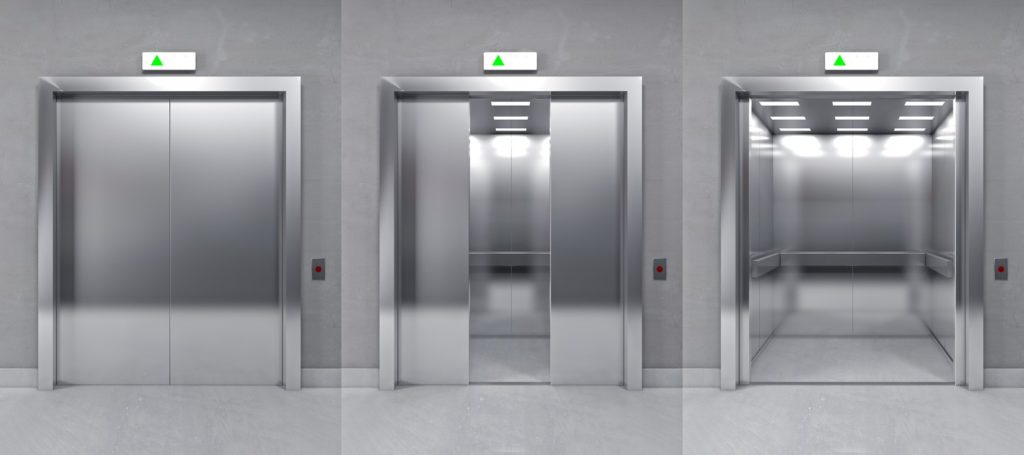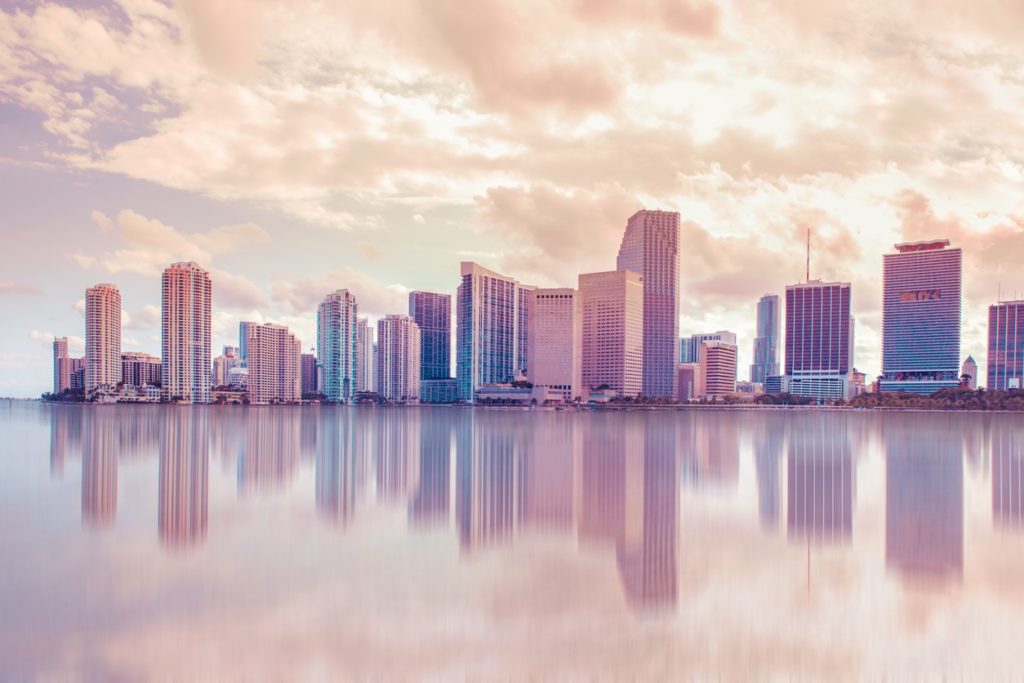Tidbits, history, and statistics about elevators
Despite the fact that we use elevators every day, we seldom think about the sheer amount of work they do or how we ended up with this technology. Let’s take a look at their history and some interesting facts about this vital form of transportation.
First, some statistics on elevator usage:
- There are about 900,000 elevators operating today
- The average user takes 4 trips in an elevator daily
- There are about 325 million elevator rides every day (escalators average 245 rides per day)
- Each elevator carries 20,000 people per year
- All elevators put together carry the equivalent of the Earth’s population every 3 days
- Elevators in the US travel 7.2 trillion feet or 1.36 billion miles per year
Here are some historical facts according to ElevatorHistory:
- There were 24 elevators used in the Roman Coliseum, which were manually operated by over 200 slaves
- The first public building elevator was installed in a nine-story building in New York City
- Elevator music first appeared in the 1920s to calm fearful passengers who were using elevators for the first time
Famous elevators around the world:
- The St. Louis Gateway Arch
- The Lacerda Elevator in Brazil, the busiest elevator in the world, transports 900,000 people every month (in 30-second trips no less)
- The Umeda Hankyu Building in Osaka, Japan – Each of the 5 elevators hold up to 80 passengers
- The Hammetschwand Lift in Lake Lucerne, Switzerland is the largest outdoor elevator in Europe
- The AquaDom in Berlin, Germany runs through the largest cylindrical seawater aquarium in the world
- The Bailong elevator in Hunan, China is the world’s tallest glass elevator
- The Luxor Hotel in Las Vegas, features a 29-degree incline up the pyramid
The history of elevators
The first elevators may have appeared in ancient Greece. They were invented by the mathematician Archimedes around 235 BC and used a system of pulleys and winches. Some believe elevators may have been around even longer than that, as archeologists have found shafts that might have been used for elevators by several ancient civilizations. Elevators were definitely present in the Roman Coliseum, and small basket elevators were used to transport people and goods up to mountain monasteries during the Middle Ages.
The inventions of hydraulics and electricity brought about the first modern elevators. In 1852, American inventor Elisha Graves Otis created the first safety device that prevented the cabin from falling if the main cable broke. The device was demonstrated in New York’s Crystal Palace in 1854. The first passenger elevator was installed in 1857, but it wasn’t until the 1870s that elevators began showing up in office buildings. German inventor Werner von Seimer built the first electric elevator in 1880.
The early days of elevators
According to Fast Co. Design, elevators were once called movable rooms. “They featured chandeliers and elaborate furniture and carpeting. Passengers sat down and got comfortable before being catapulted onto another floor.”
It was once thought that vertical travel could make you sick. There was actually a condition called “elevator sickness” which was thought to be caused by the sudden movement of internal organs when the elevator stopped.
A couple more things to think about …
No elevators … no penthouse
Before elevators, the upper floors of a house or hotel were reserved for servants or low-rent tenants, who were stuck having to walk up flights of stairs. The advent of elevators meant the rich could easily travel to upper floors. They realized the view from the top was amazing, which led to the concept of the penthouse.
No elevators … no mega cities
Without elevators, we wouldn’t have the famous skylines of places like New York, Chicago, and other cities around the world with immense skyscrapers. Every building would be no more than 5 or 6 stories tall. Elevators have truly transformed our modern world.
Connection Elevator is committed to keeping elevators in South Florida up to code and running at peak performance. If your elevator is in need of repairs or it’s time for some modern upgrades, give us a call at 954-792-1234 or just fill out our online contact form



